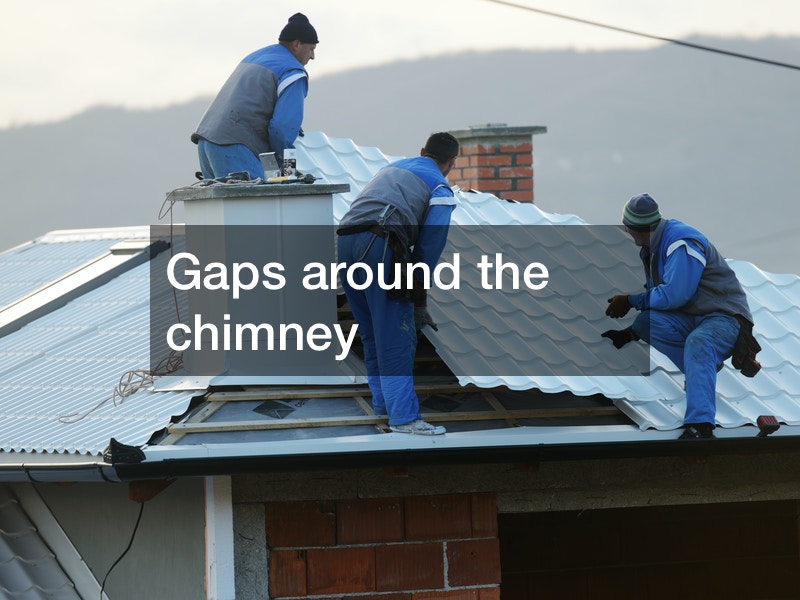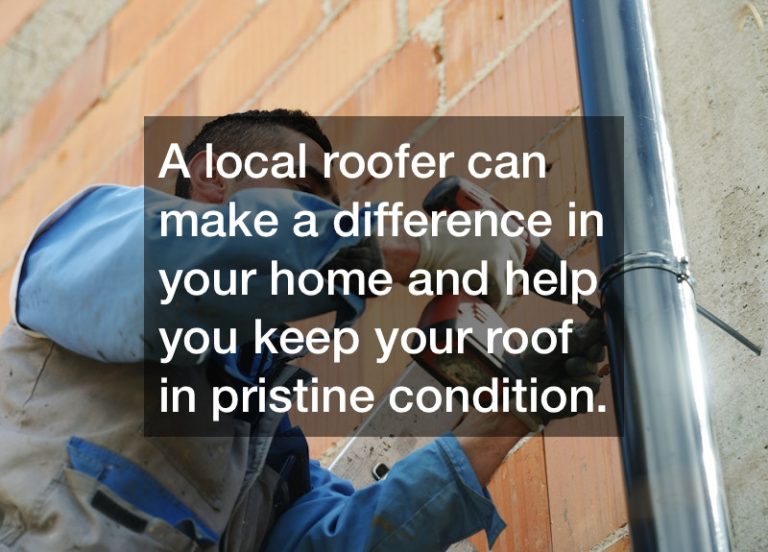
If you have a leaky roof, don’t put off repairs for too long; the consequences aren’t worth the risk. Roof leaks can cause water damage in your home, leading to mold and mildew growth, negatively affecting your home’s structural integrity and indoor air quality. Ignoring the need for roof leak repair will only result in costly roof remedies in the future.
You may also experience a sudden spike in your energy bills because of the temperature loss throughout your home. The effects of water damage can spread faster than you think. So when you spot the tell-tale signs of a leaking roof, including discolored spots on your ceiling or walls, contact a reputable roofer immediately.

No section of your roof is resistant to leaks, so don’t be surprised if you need to repair my garage roof for leaks. Luckily, the pros know how to fix a garage roof and will ensure your roof is back in optimal working order in no time. If you’re wondering are roof warranties worth it, the answer is yes. They ensure you’re not held financially responsible if the roof leak repairs fail within a predetermined time after the job.
Always address leaks immediately you spot them to get the most service out of your roof’s useful life.
If you notice minor puddles around your living room and feel there’s something wrong with your roof after heavy rain, you might be dealing with roof leaks. Although these leaks might seem non-threatening to your property, they can develop and damage your home’s foundation. Find a solution before it’s too late, and call a roof leak repair service to help you with your roofing issues.
A local roofer can make a difference in your home and help you keep your roof in pristine condition. Moreover, you can ask your local roofing service about how to fix a garage roof and other questions. Another common question about roofing service is: “Are roof warranties worth it?” And the question might change according to your situation and roofing service. Moreover, find the best roof remedies for your home by asking your friends for recommendations. Search online for “repair my garage roof” and see the nearby roofing services around your area.
Most professional roofers offer warranty for each service, as they trust their work and know it will last for years. If you value your money and time, you should demand a warranty after each service.
Signs You Need Leak Repairs
Any of the three problems discussed in this article signal that you need roofing repair. The best way to fix roof leaks remains to address them as soon as the problem develops. You can try applying caulking for roof leaks to stave off damage while you wait for a professional roofer to arrive. These busy professionals may not be able to visit your home on the day you phone them, so you need to do what you can to alleviate potential damage.
When you see a damp spot on the wall or floor, check for roof leaks on the interior and exterior of your home. Common roof leak locations include roof vents, chimneys, dormers, and plumbing. If something projects through your home’s roof provide an opportunity for a projectile to spear it and cause a leak. Debris in storms, limbs, etc. all contribute to common roof leaks.
Check the Better Business Bureau or Angie’s list to find trustworthy professional roofers in your area. It may take a few phone calls before you find an available roofer.
Out of all water damage in a home, about 93% of it can be prevented. Much of this water damage happens because of roof leaks, but these mysterious drips can often be fixed by focusing on a few primary culprits.
- Your roof’s old age. While most buildings are constructed with the expectation that they’ll last for at least 50 years, roofs generally have a lifespan of only 20 years. Roofing materials are subjected to years of rain, snow, strong winds, and more depending on what Mother Nature has in store. Even something as simple as sunlight does damage as it melts the tar that holds composition shingles together. When you live in a location with all four seasons, the changing temperatures can cause expansion and contraction, resulting in the materials becoming brittle and cracking. When you have frequent leaks and know that your roof is in need of some TLC, it’s probably time to call a roofing company for a roof replacement.
- Clogged gutters. Gutters are designed to streamline rainfall coming off of your roof away from your home’s siding and neatly into the ground via the downspout. When the gutters are clogged with leaves, twigs, and other debris, water builds up on your roof rather than running through the gutters. You can regularly clean your gutters or call a service to do so, but if you’re having to do this excessively, there is another option. Seamless gutters are gutter systems that come in single pieces that are not sectioned like traditional gutters. The only seams are at corners and at the downspout, giving less opportunity for various debris to get caught up in the gutters. Seamless gutters need far less cleaning, repair, and maintenance than their traditional counterparts, saving you time and money in the long run.
 Gaps around the chimney. A brick chimney can give your home a charming look, but it is also a prime spot for unwanted water to come through your roof. The mortar that binds the bricks tends to erode and crumble over time as it is subjected to harsh weather. These spots mostly open in the mortared joints where the chimney enters the roof, the mud cap on top of the chimney, or between the bricks themselves. Oftentimes you can seal these leaks with a simple patch job in the compromised location. If the flashing — thin metal strips to attach the roofing material to the brick chimney — is out of place, rusted, or cracked, you may need to call in a roofing service for professional help.
Gaps around the chimney. A brick chimney can give your home a charming look, but it is also a prime spot for unwanted water to come through your roof. The mortar that binds the bricks tends to erode and crumble over time as it is subjected to harsh weather. These spots mostly open in the mortared joints where the chimney enters the roof, the mud cap on top of the chimney, or between the bricks themselves. Oftentimes you can seal these leaks with a simple patch job in the compromised location. If the flashing — thin metal strips to attach the roofing material to the brick chimney — is out of place, rusted, or cracked, you may need to call in a roofing service for professional help.
Your roof protects the interior of your home and in turn, you need to protect your roof. Whether that is through installing seamless gutters, checking on your chimney, or embarking on roof installation, always address a leak before it becomes a flood.
